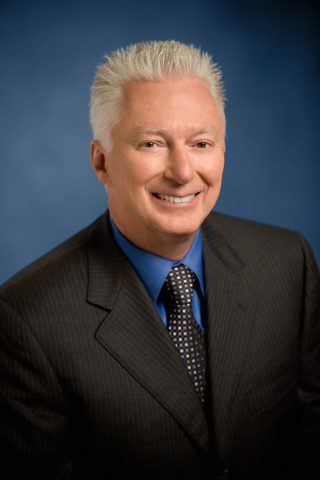
“I just don’t believe that,” says the former chairman and CEO of Procter & Gamble. He held the CEO role at the consumer goods giant from 2000-2010 and again from 2013-2015. “I believe there is a lot of talent and that one of the big jobs a CEO has is to bring all the talent he or she can out of the people they have.”
The other big thing CEOs have to do is to make sure the fit is right, says Lafley. “You’re looking for the right player in the right job at the right time, who can make the greatest impact.” He draws a comparison to the classic GE general management strategy, which was based on the notion that a company should focus on finding the best all-around player, even if that person was from an entirely different industry. “A lot of companies got caught in that trap of, we’ll hire the most talented person out there and he or she will learn the business and do well,” says Lafley. “That turned out not to work. There may be one LeBron James who can play four positions, but most people in the NBA are lucky if they can play one position well.”
Finding the right person for the right job at the right time means getting to know high-potentials well; gathering feedback from customers, suppliers, and investors; and eliminating—as much as possible—personal biases, focusing instead on results. “I hate to say it, but board members have management favorites,” says Lafley. “It could be they went to the same school, came from the same background, have a similar personality type. But the CEO has to be as objective as possible.”
To make sure he was achieving that, Lafley evaluated business heads via blind assessment. He gathered years’ worth of business results—financial results, organizational survey results, performance data for the division run by each candidate—and put it all into a spreadsheet without names. “It’s amazing what you see,” he says. “Some people who are very good—even outstanding—in terms of performance and business leadership strategic capabilities aren’t assessed at the absolute top because somebody else is a better presenter or looks more like the boss, etc.”
Once the CEO has identified the best candidates for a specific role, he or she has to help guide them to the next level, says Lafley, who estimates that as CEO, he spent one-third to one-half of his time on some form of coaching or teaching. “The CEO job is a coaching job and if you’re playing instead of coaching, you have a problem.”
While at small and midsize companies, CEOs also may have to play occasionally, the importance of developing people is the same, regardless of company size. “When you cut through it all, it’s all about the talent. You could even make the argument that the only sustainable competitive advantage you have is: are your players better than their players?” says Lafley. “But the CEO has to have a deep belief, and then act according to that belief, that talent really matters.”

Chief Executive Group exists to improve the performance of U.S. CEOs, senior executives and public-company directors, helping you grow your companies, build your communities and strengthen society. Learn more at chiefexecutivegroup.com.
0

1:00 - 5:00 pm
Over 70% of Executives Surveyed Agree: Many Strategic Planning Efforts Lack Systematic Approach Tips for Enhancing Your Strategic Planning Process
Executives expressed frustration with their current strategic planning process. Issues include:
Steve Rutan and Denise Harrison have put together an afternoon workshop that will provide the tools you need to address these concerns. They have worked with hundreds of executives to develop a systematic approach that will enable your team to make better decisions during strategic planning. Steve and Denise will walk you through exercises for prioritizing your lists and steps that will reset and reinvigorate your process. This will be a hands-on workshop that will enable you to think about your business as you use the tools that are being presented. If you are ready for a Strategic Planning tune-up, select this workshop in your registration form. The additional fee of $695 will be added to your total.

2:00 - 5:00 pm
Female leaders face the same issues all leaders do, but they often face additional challenges too. In this peer session, we will facilitate a discussion of best practices and how to overcome common barriers to help women leaders be more effective within and outside their organizations.
Limited space available.

10:30 - 5:00 pm
General’s Retreat at Hermitage Golf Course
Sponsored by UBS
General’s Retreat, built in 1986 with architect Gary Roger Baird, has been voted the “Best Golf Course in Nashville” and is a “must play” when visiting the Nashville, Tennessee area. With the beautiful setting along the Cumberland River, golfers of all capabilities will thoroughly enjoy the golf, scenery and hospitality.
The golf outing fee includes transportation to and from the hotel, greens/cart fees, use of practice facilities, and boxed lunch. The bus will leave the hotel at 10:30 am for a noon shotgun start and return to the hotel after the cocktail reception following the completion of the round.